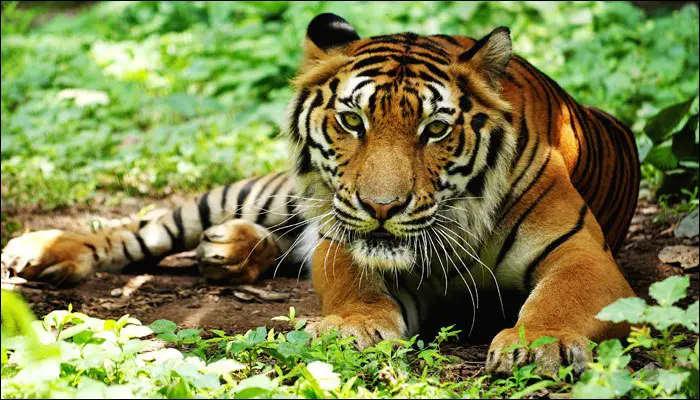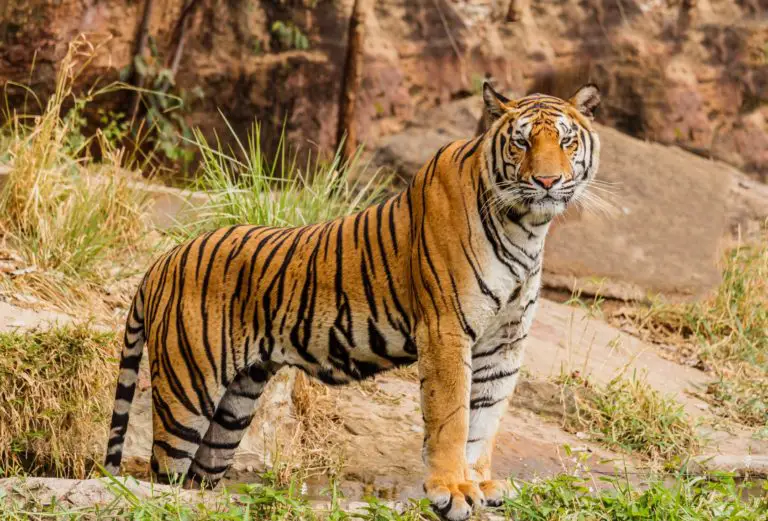The results of a census released on Sunday showed that the population of tigers has risen since the year 2013, when 198 were reviewed, said Suman Subedi the Minister for Forests and the Environment.
“The increase in their numbers has spurred the Nepalese Conservation Campaign,” the official added.

Data submitted Sunday were announced after a six-month study in three national parks, attended by wildlife experts, technicians, foresters and law enforcement officials.
“While Nepal is very close to the target of doubling its tiger population by 2022, it still needs to provide protection, improved habitats and neighboring habitats for the long-term survival of the species,” said Ghana Shyam Gurung, the World Wildlife Fund national representative in a statement released on Sunday.

However, the results showed that the population of tigers in Chitwan National Park, the largest in Nepal, declined. An estimated 120 tigers lived in the park in 2013. Their number has fallen to 93 at present.
About 3,900 tigers live freely throughout the globe.
Nepal, home to some of the world’s most endangered species, also celebrated another important conservation milestone this year: on five separate occasions since 2011, the country has gone a full 365 days without a single rhino poaching event.
